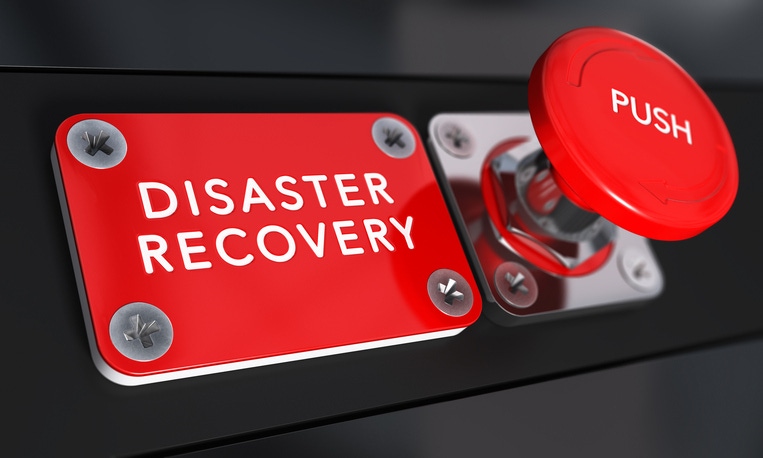Working with them through every step of this process can help improve your customer’s disaster recovery preparedness.
October 25, 2016

By Kirill Bensonoff
Every day, your customers focus on providing a quality product or service to their clients. It’s your job to manage the services for them and ensure they’re getting the best deal for their money.
However, how good of a job are you doing if a disaster occurs and they go down? One severe outage from a disaster is all it takes to destroy a company and their brand.
Are they willing to risk it? Are you? So far this year in the U.S., there have already been billion-dollar climate and weather disasters. Some of these included severe weather in the Rockies and Central U.S., tornadoes in the Rockies, southern and southeast U.S., and flooding in Houston, Texas, Louisiana, and the Carolinas to name a few.
While we can’t stop these disasters, you can help your customers prepare for them by making sure they have a disaster recovery plan in place using these 7 steps:
1. Create a disaster recovery plan: You can help your customers create a disaster recovery (DR) project with a timeline, required resources, and the expected output for the project. Here is a template: IT Disaster Recovery Plan Template.
2. Perform an impact analysis: You can schedule a time to do a business impact analysis to help them determine the impact of not having certain services.
3. Assess the risks: How risky is the area where their data is stored? Is it a hardened data center that is rated for most disasters or is it a closet in their building? Or, are they right in the middle of “Tornado Alley”? A risk assessment will help identify the risks.
4. Off-site backup and recovery: Make sure they have on-site and off-site backup and recovery procedures in place. Even if the hardware containing their data is destroyed, this will help them recover and provide business continuation.
5. Alternate location: In some cases, your customer will need to have an alternate location for their daily operations that is ready for use. Is this a service you can provide, or partner with someone who can? Look for companies such as Regus and Sungard.
6. Test, test, test: Once the disaster recovery plan is written, it is important to test the plan to make sure it works as expected.
7. On-going optimization: Disaster recovery is not a once-and-done process. It requires on-going optimization as business processes are improved and the disaster recovery process needs to be updated to accommodate the changes.
Having An Offsite Backup And Recovery Process In Place
One key aspect of disaster recovery is making sure you have an off-site backup and recovery procedure in place. For on-site, Windows Server 2016 has new features that allow for disaster recovery. For Azure users, Azure offers Site Recovery.
Windows Server 2016
The new version of Windows Server 2016 offers storage replication which is a disaster recovery solution that works for both unplanned and planned outages. Since it is hardware agnostic, there are no specific storage requirements such as a storage area network (SAN) or direct-attached storage (DAS). This allows commodity network and storage technologies to be used. Using Windows Server 2016 with storage replication, businesses can increase the reliability and reduce downtime, while still using the familiar Windows server.
Microsoft Azure Site Recovery
Microsoft Azure provides Site Recovery as a way to have a disaster recovery strategy that allows your applications, workloads, and data to remain available during both planned and unplanned outages. Using Site Recovery, Azure is able to replicate workloads that are running on-premise physical servers and virtual machines to their Azure data center or a second data center. This way, when you have an outage at your primary site, Azure can take over the load and your applications remain accessible. This can eliminate the need to have a secondary data center with failover.
Are Your Customers Ready?
While you can’t stop a disaster from happening, you can certainly help your customers make sure they have a plan in place when a disaster occurs. Working with them through every step of this process can help improve your customer’s disaster recovery preparedness.
Special Invite: On Thursday, November 3 at 2PM EST – Kirill Bensonoff will be hosting an educational webinar for MSPs on how to build a recurring revenue stream with Microsoft Azure. To learn more and register, visit https://www.unigma.com/turning-azure-into-gold/.
About the Author:
Kirill Bensonoff is a seasoned entrepreneur and the founder of Unigma, a unified cloud management platform. Unigma has been featured in a number of publications, and Kirill blogs regularly about cloud, tech and growing your managed services business. He can be reached at [email protected].
You May Also Like
